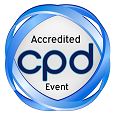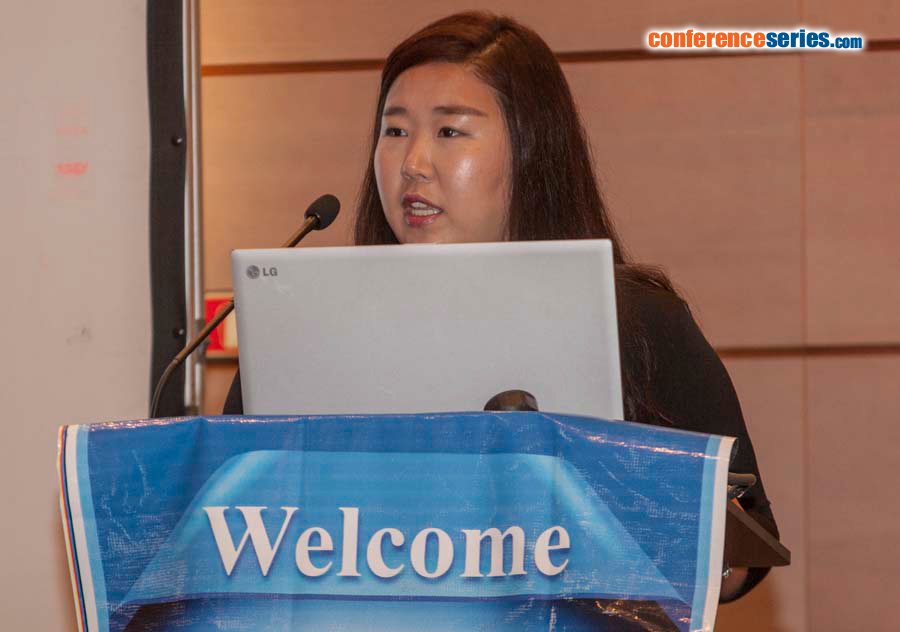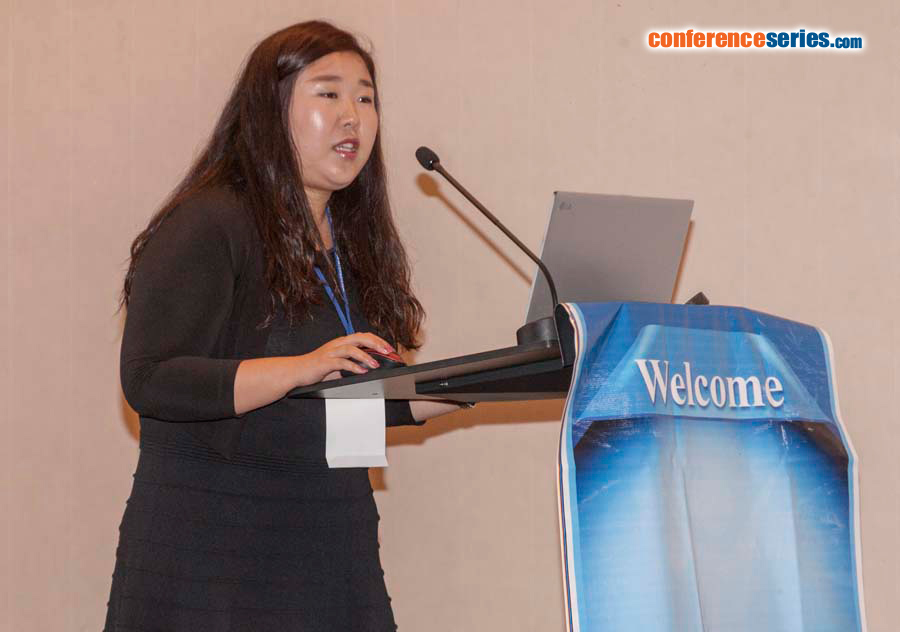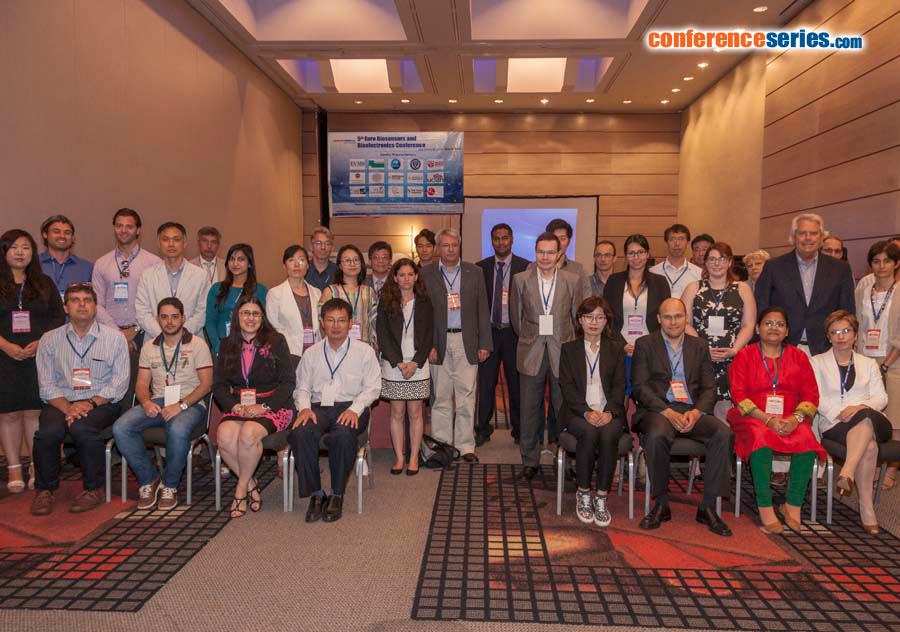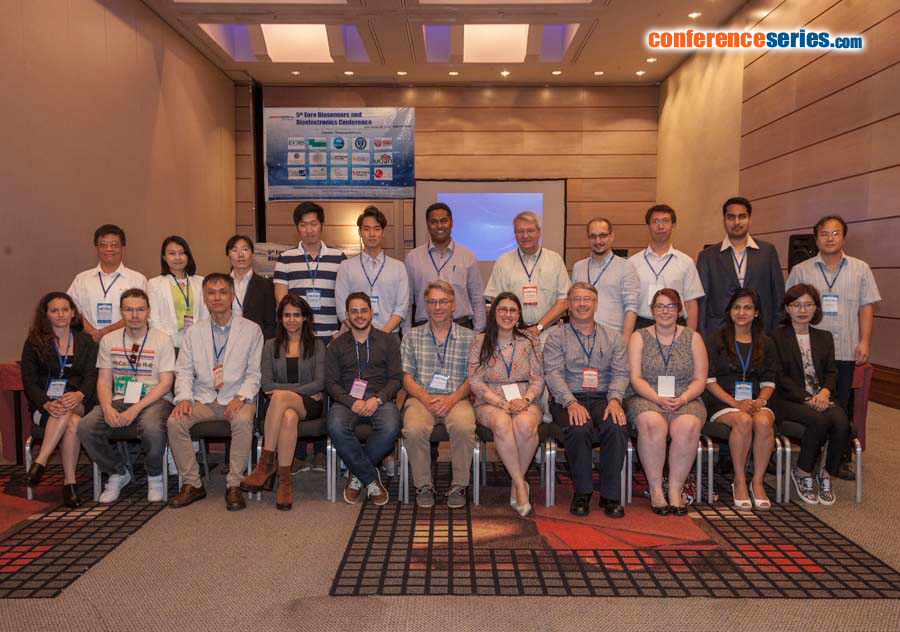
NaHyun Cho
Stony Brook University, USA
Title: Ordered DNA fragmentation using soft lithography and amplification for next generation sequencing
Biography
Biography: NaHyun Cho
Abstract
Current Next Generation Sequencing (NGS) technology starts with randomly fragmented DNA from whole genomic DNA. Because of this randomness, all DNA fragments need to sequence massive parallel reads in order to know the whole sequencing. In this study, we try to cut DNA fragments into 10-15 kbps using soft lithography technology because one of the NGS platforms is Pacific Biosciences’ RS, able to read larger size fragments, up to 15 kilo base pairs, quickly. Also, as an ultimate goal, we will try to keep the DNA fragments in the orders from the surface, so the DNA reads do not need to be sequenced several times. In previous studies, we stretched DNA on PMMA (Poly Methyl Methacrylate) substrate and the stretched DNA could be linearly cut with soft lithography by applying DNase I enzyme. After cutting the DNA on the substrate, in order to sequence the DNA fragments with NGS technology, the DNA fragments are taken from the surface and placed in a solution base. We dissolved the PMMA substrate and fragmented DNA fragments together and separated the DNA fragments using a Phenol-Chloroform Isoamyl (PCI) extraction procedure. The principle of separating DNA with PCI mixture is based on solubility differences between organic and aqueous liquids. DNA is a negatively charged, hydrophilic bio-polymer because of its negatively charged phosphate groups. On the other hand, PMMA is a non-charged polymer that is dissolved in chloroform. By dissolving the PMMA surface, it is possible to separate DNA from the surface using liquid-liquid phase separation (Organic phase: Aqueous phase). For the data processing, confocal microscopy was used to take images of cut DNA on the PMMA surface. Gel electrophoresis and bioanalyzer were conducted to confirm the distribution of the DNA fragments. Finally, PacBio RS II which is the one of the long-read Next-Generation sequencing platforms was used to confirm quality and quantity of the fragmented DNA from surfaces.
